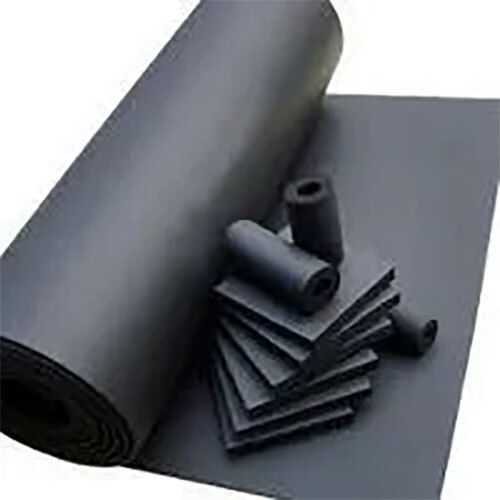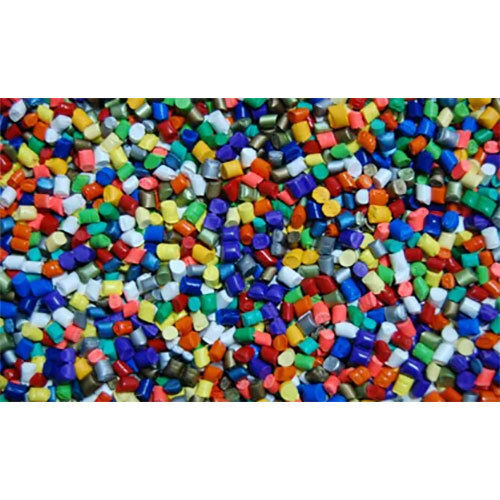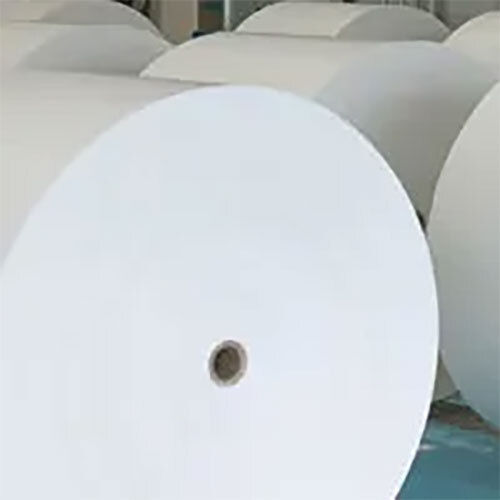Ultramarine Blue for Rubber
Price 65 INR/ Kilograms
MOQ : 1 , , Kilograms
Ultramarine Blue for Rubber Specification
- CAS No
- 57455-37-5
- b*
- -21.5 to -22.5
- Water Insoluble
- 0.5%
- Particle Size
- 3-4 microns
- Storage
- Keep in a dry and well-ventilated place
- E*
- 23.5-24.2
- Style
- Powder
- Weather Resistance
- Very Good
- Alkali Resistance
- Excellent
- Color
- Ultramarine Blue
- Volatile Matter (%)
- 2%
- L*
- 45-47
- Acid Resistance
- Good
- Moisture
- 1.0%
- Ingredients
- Sodium alumino sulpho silicate
- a*
- 2.5-3.0
Ultramarine Blue for Rubber Trade Information
- Minimum Order Quantity
- 1 , , Kilograms
- Supply Ability
- 50000 Kilograms Per Week
- Delivery Time
- 3-7 Days
- Main Export Market(s)
- South America, Western Europe, Asia, Australia, North America, Central America, Eastern Europe, Middle East
About Ultramarine Blue for Rubber
Ultramarine pigment is widely used to provide a reddish blue gloom or to whiten polymers. These pigments work to offer a blue undertone to grey and black plastic parts. Further, these pigments are compatible and appropriate for all types of polymers, from polyolefins to engineering polymers, comprising rubber as well. The superior particles of the pigments preserve dimensional stability of polyolefins and other polymers, so that shrinking and warping do not take place.
Exceptional Heat and Weather Resistance
Ultramarine Blue for Rubber is engineered to withstand temperatures up to 350C, making it ideal for high-performance rubber applications. Thanks to its superior weather resistance, products colored with this pigment retain their vivid shade and durability, even in challenging environmental conditions. This ensures continued aesthetic and functional performance throughout the products lifecycle.
High Tinting Strength with Consistent Color Quality
Boasting a high tinting strength, Ultramarine Blue imparts strong, uniform color to rubber compounds, minimizing usage amounts while maximizing visual impact. The fine particle size enables smooth blending and consistent dispersion, while its purity means less interference from unwanted substances. Manufacturers enjoy reliable, reproducible results in every batch.
FAQs of Ultramarine Blue for Rubber:
Q: How is Ultramarine Blue used in the rubber industry?
A: Ultramarine Blue is incorporated as a coloring agent in rubber compounds during the mixing process. Its powder form allows for easy dispersion, ensuring a consistent hue throughout the final product without affecting the rubbers structural properties.Q: What benefits does Ultramarine Blue offer for rubber manufacturers?
A: This pigment delivers high tinting strength and excellent color stability, even at elevated temperatures up to 350C. Its outstanding weather, acid, and alkali resistance help ensure rubber products remain vibrant and durable over extended periods.Q: When should Ultramarine Blue be added during rubber processing?
A: It is best added during the initial mixing or compounding stage. Adding it early ensures thorough dispersion, uniform color, and maximized tinting efficiency throughout the batch.Q: Where should Ultramarine Blue be stored for optimal shelf life?
A: Store Ultramarine Blue in a dry, well-ventilated area. Proper storage conditions prevent moisture uptake and preserve the pigments quality for up to two years.Q: What process is recommended for dispersing Ultramarine Blue in rubber?
A: Use efficient mixing equipment, such as internal mixers or open mills, to evenly distribute the pigment within the rubber matrix. Ensure the particle size and oil absorption characteristics are matched to your formulation needs for optimal results.Q: Is Ultramarine Blue safe and stable in various chemical environments?
A: Yes, Ultramarine Blue demonstrates good acid resistance, very good weather resistance, and excellent alkali resistance. Its main ingredient, sodium alumino sulpho silicate, is chemically stable within rubber applications.Q: Can Ultramarine Blue be used for export and in various markets?
A: Absolutely. It is produced and supplied by dealers, exporters, and manufacturers in India, and is available for domestic and international markets in standard packaging sizes of 25 kg bags.
Tell us about your requirement

Price:
Quantity
Select Unit
- 50
- 100
- 200
- 250
- 500
- 1000+
Additional detail
Mobile number
Email
More Products in Ultramarine Blue Category
Ultramarine for Surface Coating
Price 85 INR / Kilograms
Minimum Order Quantity : 1 Kilograms
Volatile Matter (%) : 1.0%
Color : Other, Bright Blue
Acid Resistance : Excellent
L* : 4246
Ultramarine Blue Paint Pigments
Price 100 INR / Kilograms
Minimum Order Quantity : 1 Kilograms
Volatile Matter (%) : 1% Max
Color : Other, Ultramarine Blue
Acid Resistance : Good
L* : 53.0 1.0
Masterbatch Additive
Price 70 INR / Kilograms
Minimum Order Quantity : 1 Kilograms
Volatile Matter (%) : 0.5%
Color : White
Acid Resistance : Excellent
L* : 96.5
Ultramarine Blue For Paper Industry
Price 90 INR
Minimum Order Quantity : 1 , , Kilograms
Volatile Matter (%) : 1.0 % Max
Color : Other, Ultramarine Blue
Acid Resistance : Excellent
L* : 4045
"We only deal in Foreign Markets"
 |
MEGHA INTERNATIONAL
All Rights Reserved.(Terms of Use) Developed and Managed by Infocom Network Private Limited. |
 English
English Spanish
Spanish French
French German
German Italian
Italian Chinese (Simplified)
Chinese (Simplified) Japanese
Japanese Korean
Korean Arabic
Arabic Portuguese
Portuguese
 Send Inquiry
Send Inquiry




